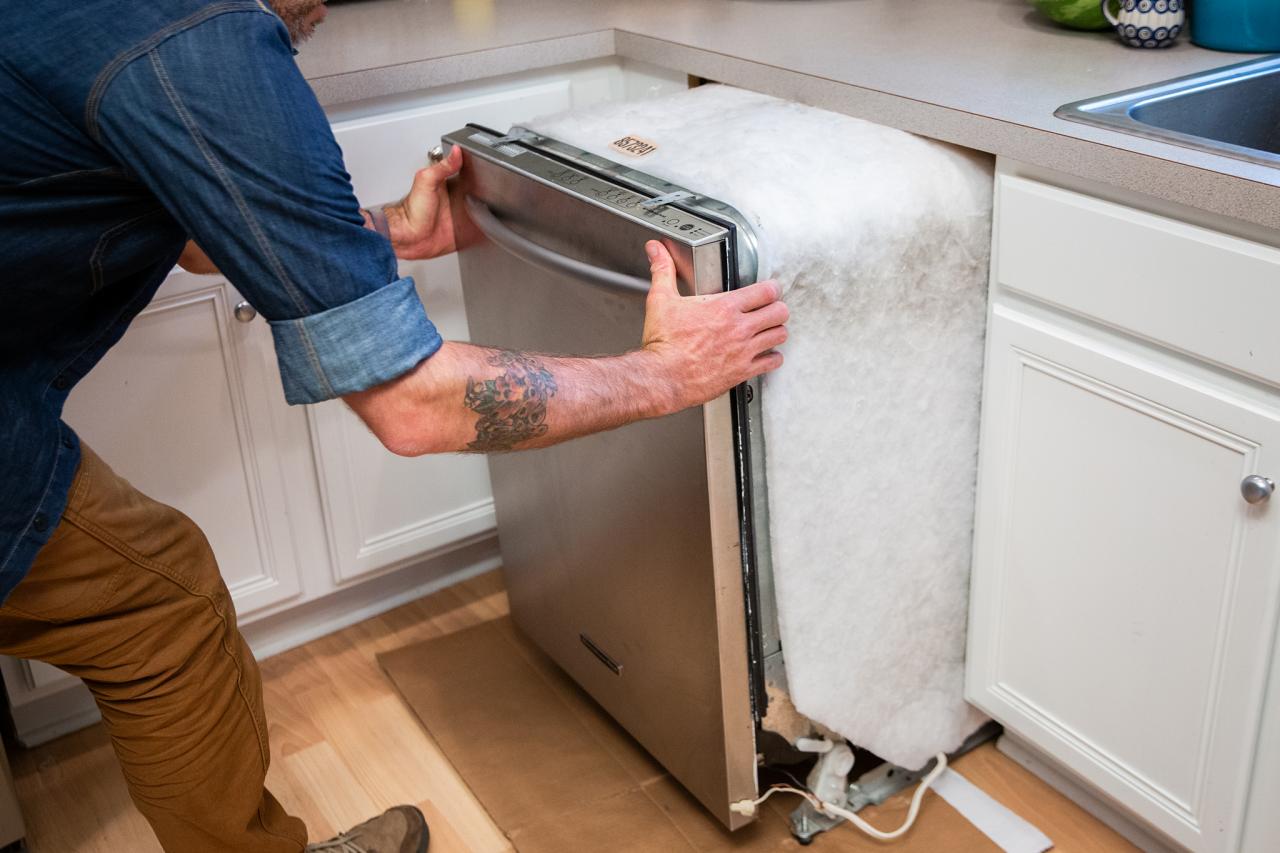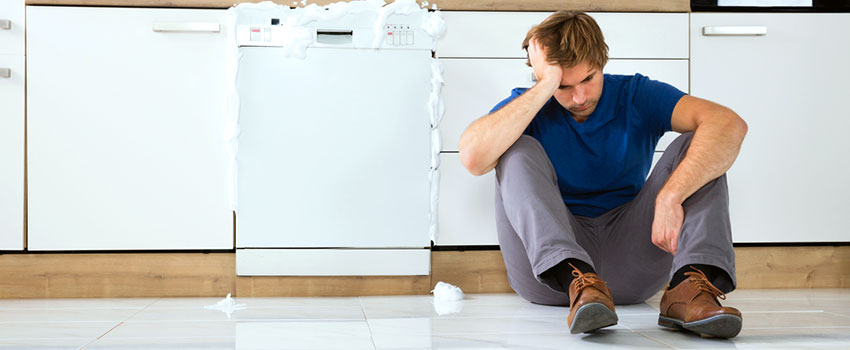Preparing for Your Dishwasher Installation: 6 Important Steps to Consider
Preparing for Your Dishwasher Installation: 6 Important Steps to Consider
Blog Article
This article listed below relating to How to Install and Connect a New Dishwasher is unquestionably captivating. Read it yourself and figure out what you think about it.

Fixing a new dish washer into your home is no little joke, specifically if you're ordering the device online. Naturally, we advise that you work with your plumber because they are professionals at dish washer installment. Plus, we've done this before so we can prevent little blunders that can cause a lot of pain in the future.
The 6 hacks will make your dishwasher setup as smooth as feasible.
Obtain the right measurements
It is extremely crucial that your dish washer suits perfectly with the rest of your kitchen home appliances. Prior to you put an order for the dish washer, take a measuring tape and measure front the top of the kitchen table to about an inch off the floor. This is a typical error lots of people make. If you gauge from the top of the table to the flooring, your dish washer might be an inch greater than the table when it gets here.
Also, take the protrusion into account. European and American dishwashers have different thicknesses, so always consult your plumber.
Make sure the parts are complete
If you're buying an inexpensive dishwasher, chances are that the components aren't full. You can examine the details given concerning the item to verify. If it isn't, you might need to go shopping for parts with your plumber. Check for an intake tube, a power cable or perhaps a vapor nozzle.
There is a significant opportunity of purchasing mismatched parts, so consult someone with a great deal of experience, to put it simply, your emergency plumbing technicians.
Inspect your water shut-off valve
Your dishwasher will certainly have its very own connection. It may be linked to your kitchen area sink's supply, or it may have its own fixtures from your major. However, you require to understand that you can manage the water that supplies your new dish washer.
While planning for the installment, shut off all connections to the kitchen. This can prevent crashes and also disruptions.
Checking your shut-off valve prior to your plumber gets here can likewise prevent you from unexpected investings due to the fact that you can't connect a brand-new dish washer to a malfunctioning turned off valve.
Additionally make certain that there are no cross connections that can prevent your dish washer from getting hot water.
Find the electrical resource
Before welcoming your plumbing technicians over, make certain that there is a power outlet near your favored dishwasher area. If there isn't, you might need to run a cord to that place. These tiny mistakes can make or mar your experience, so you would do well to examine beforehand.
You can utilize this chance to check that your cooking area has an independent control to ensure that you can shut off the cooking area's power at the same time while enjoying power in the remainder of your house. This straightforward component can prevent numerous accidents and also save you some cash.
MATERIALS
Review positioning
The most effective place to repair your dishwasher is right alongside your sink, or below it. The further your dishwasher is from your sink, the much less useful the style. If you have any kind of aesthetic objectives for your dishwasher, speak with your plumber about them. Always connect with your plumber
How To Install A Dishwasher
Installing A Dishwasher Yourself
Just like other home appliances, a dishwasher helps to make chores less time-consuming and free of hassle. Most modern kitchens have a dishwasher or a cabinet space for dishwasher installation built into them. An older kitchen with no dishwasher or cabinet space for one might require a little reconstruction to accommodate dishwasher installation.
Installing a dishwasher requires basic knowledge of plumbing and electrical wiring. This article contains the steps involved in dishwasher installation, dishwasher installation tips, things to consider when installing a dishwasher in a kitchen that previously had no dishwasher in it, and tips for maintaining a dishwasher.
Step One: Gather the Necessary Supplies
Gather all the required items and keep them near the installation site for easy reach. The materials and tools you will require include the following:
A screwdriver • A hose clamp • Duct tape (optional) • A brass fitting • Teflon tape • A pair of pliers • An adjustable wrench • A drill • Braided steel water line • A pair of rubber hand gloves (optional) • Wire nuts Take Safety Measures
First, turn off the power socket and unplug the power cord if it is a plug-in dishwasher. Then, proceed to turn off the circuit breaker. Next, turn off the hot water shut-off valve under the kitchen sink and run the tap to ensure the water supply is shut off. Protect your kitchen floor close to the installation area with an old rug or a piece of drop cloth.
Remove the Old Dishwasher
This step only applies if your kitchen has an old dishwasher that you want to replace. Remove the cabinet door to gain complete access to the old dishwasher. Next, remove the cover of the access panel located at the bottom front side of the dishwasher. Locate the junction box inside the access panel.
Now, unscrew the terminal screws holding the wires in place at the junction box. Then, remove and tuck the wires out of the way with duct tape. Locate the dishwasher water inlet tube, undo the brass fitting and disconnect the water supply pipe from it. Put the disconnected end of the water supply line pipe into a bucket or bowl to collect any water remaining in it.
Reach down beneath the sink to undo the drain hose. Loosen, then clamp and disconnect the drain hose of the dishwasher from the tailpiece of the sink. Next, put the disconnected end of the drain hose into a bucket to collect the water and debris.
With all the connections out of place, remove the screws holding the dishwasher in place with a screwdriver, gently pull the dishwasher out from the cabinet and set it aside. You can use a piece of cloth or towel to clean up the mess made or any water spillage on the floor. Also, clean the cabinet where the old dishwasher was before installing a new one.
Skip this step if you are having a dishwasher installed for the first time in your kitchen.
Install the New Dishwasher
Carry your new dishwasher unit close to the area of installation. Unpack it and go through the user manual. Lay the dishwasher on its back so the bottom is exposed and accessible.
Connect the Water Supply
Wrap Teflon tape on the tip of the water inlet pipe located at the bottom of the dishwasher. Screw on the 90 degrees brass fitting to the taped inlet pipe and tighten it with an adjustable wrench. Most dishwasher units do not include a brass fitting, but they are available at hardware stores.
Once you have the fitting, connect the new water supply line to the elbow of the brass fitting. Pass the other end of the waterline through one of the cabinet holes and place it on the floor beneath the kitchen sink.
Attach the Drain Line
Locate the dishwasher drain standout pipe, connect the drain line to the dishwasher, and secure the connection with a hose clamp. Pass the other end of the drain line through the cabinet hole and place it towards the sink drain tailpiece.
Slide the Dishwasher into Place
Attach the adjustable legs to the front of the dishwasher. Carefully slide the dishwasher under the countertop into the cabinet. Stop halfway and ensure everything is in a good position before sliding it in completely. Finish hooking up the water line by connecting the other end to the dual shut-off valve located under the kitchen sink.
Proceed to connect the drain hose through an air gap to your garbage disposer, if you have any, or to the drain tailpiece of your sink. If you do not have an air gap, make a high loop with the drain hose before connecting it to the garbage disposal or the sink drain tailpiece.
Hook-up the Electrical Wires
Remove the cover of the access panel and unscrew the cover plate of the junction box. Connect the wire from the circuit breaker to the wire at the junction box. Next, connect the white wire to the white wire at the junction box, the black to the black, and the green wire to the ground wire.
Use wire nuts to secure the connection tightly in the junction box. Screw back the cover plate of the junction box and close the access panel. Skip this step if your new dishwasher has a power cord wired to it at the manufacturing factory.
https://www.movementplumbing.com/blog/how-to-install-a-dishwasher

I hope you enjoyed our topic about How to install a dishwasher safely. Thank you so much for taking a few minutes to read through our piece. Do you know about anybody else who is very much interested in What to Know Before Installing a Dishwasher? Please feel free to share it. Thank you for your time. Visit us again soon.
Click For More Info Report this page